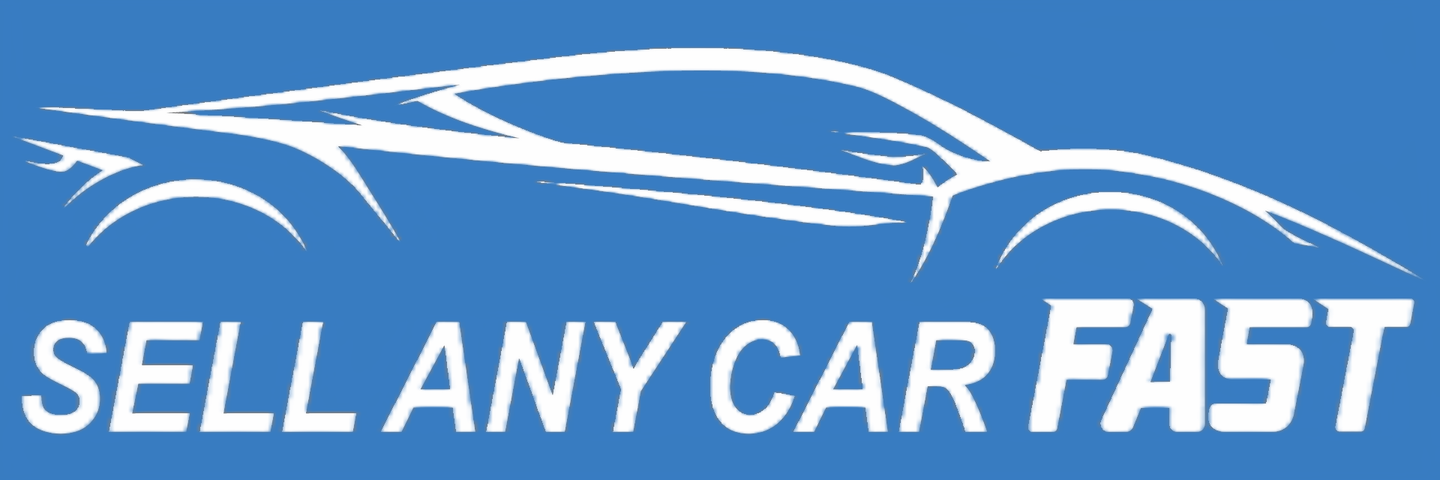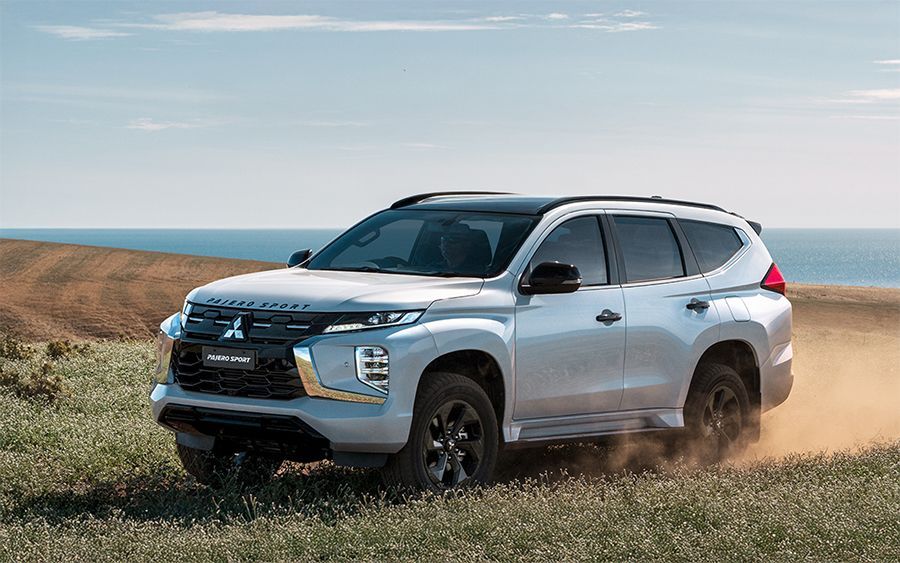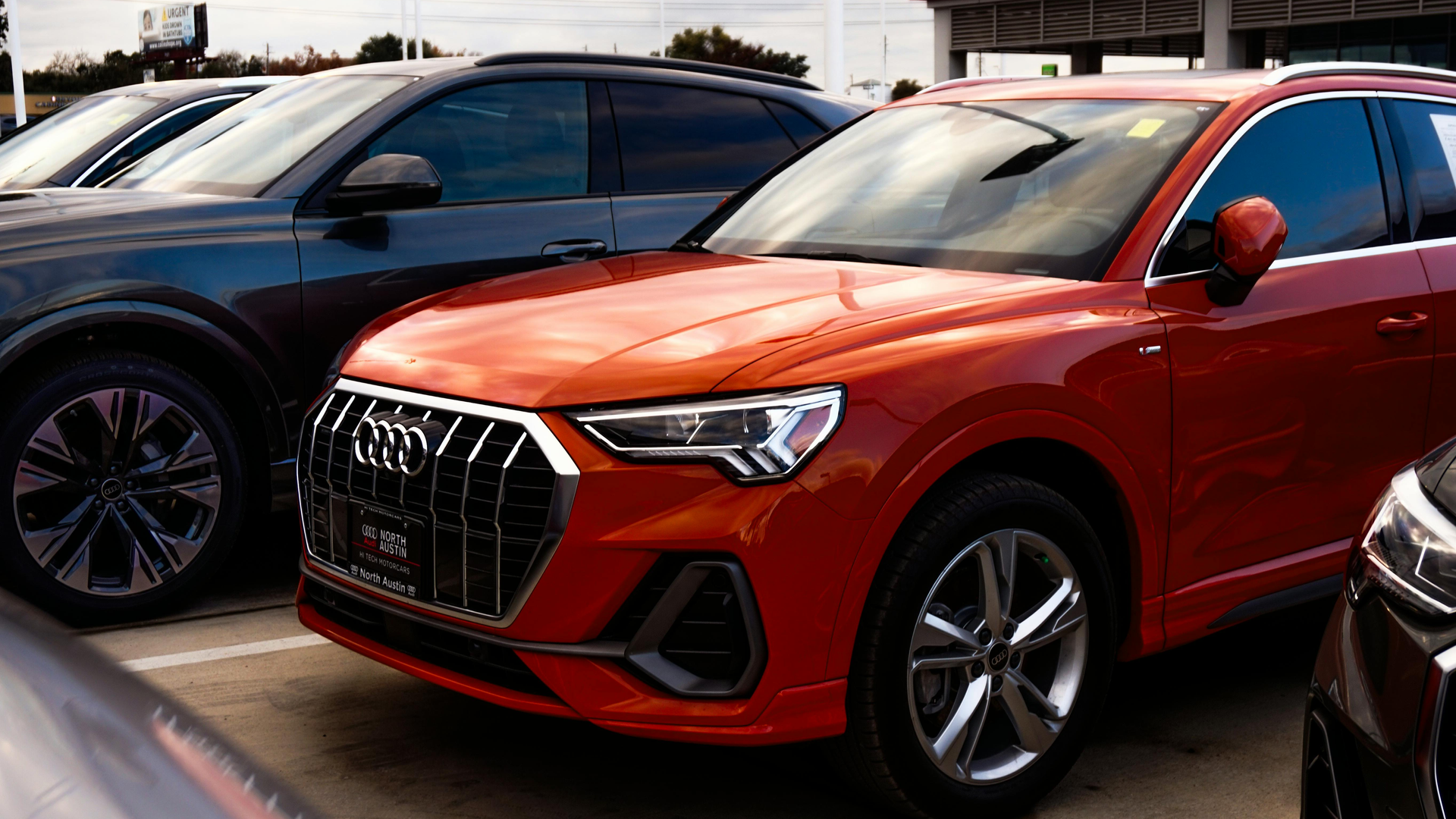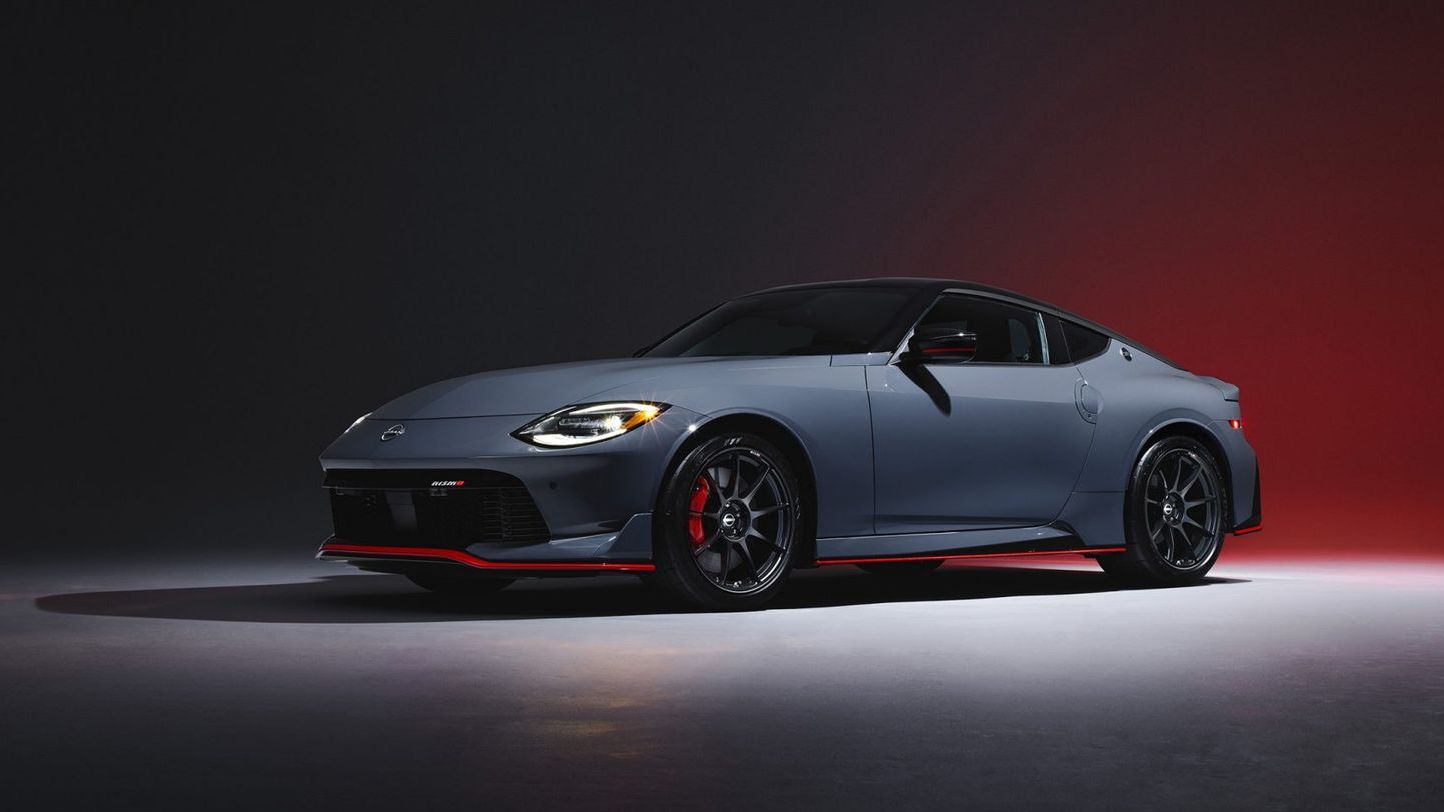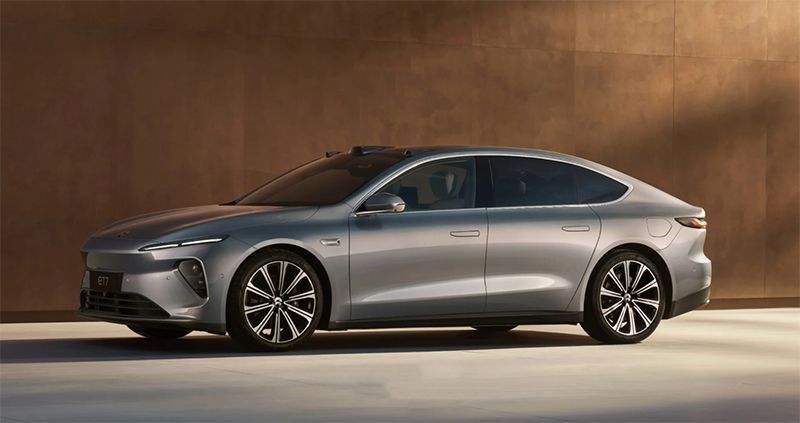How Trump’s Tariffs Might Affect the Australian Used Car Market
Global politics may feel a world away, but when it comes to car prices, even the flick of a pen in Washington can hit wallets in Australia. One of the biggest examples? Donald Trump’s tariffs.
May 2, 2025
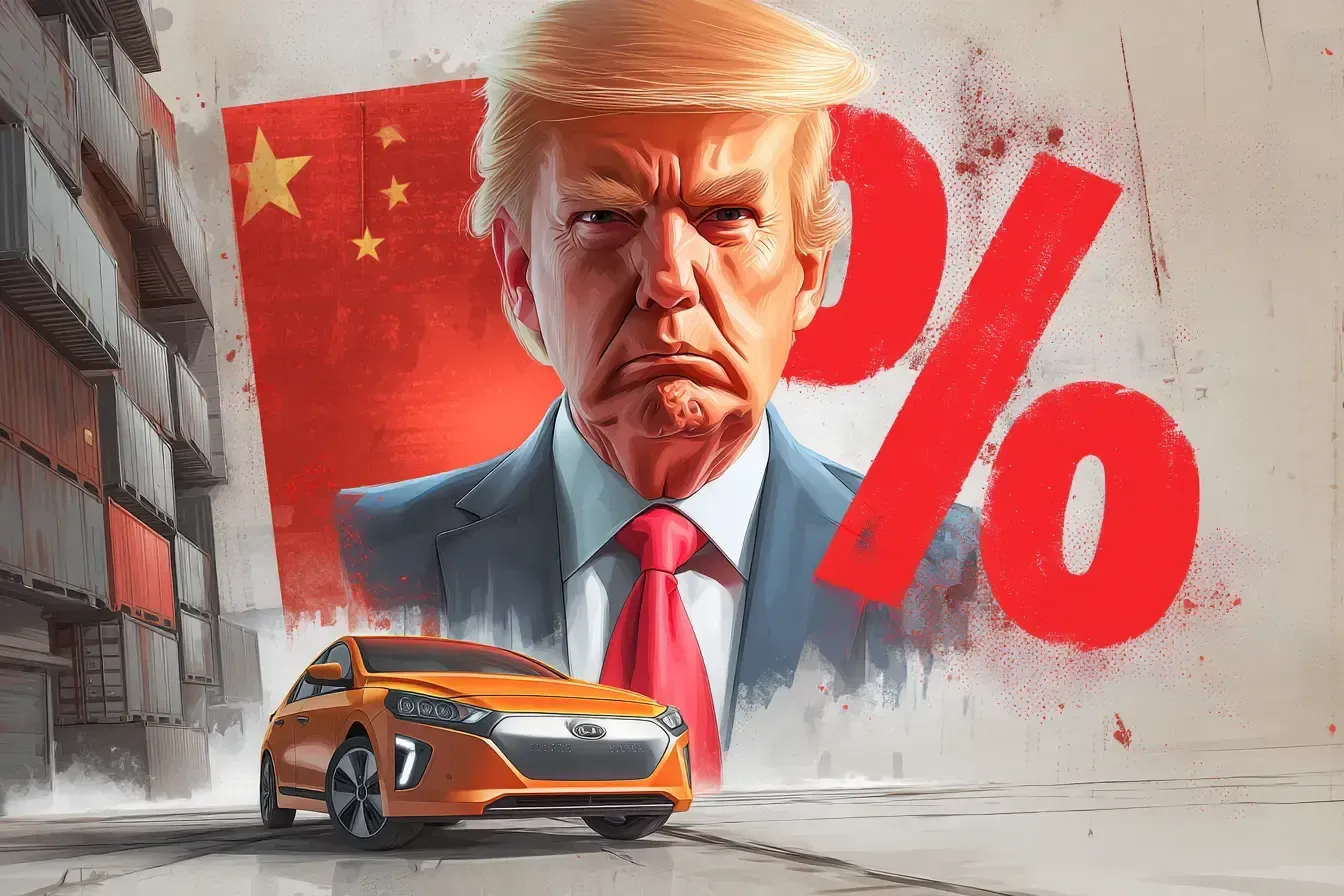
While they’re aimed at boosting American manufacturing, they’ve triggered a chain reaction that’s been felt all the way down under. From rising vehicle import costs to increased interest in Chinese EVs, here’s how Trump’s economic chess moves are changing the game in Australia’s used car market.
What Even Are Tariffs?
Tariffs are government-imposed taxes on imports. In theory, they make imported goods more expensive, encouraging consumers to buy local products instead. During his presidency, Donald Trump introduced a wave of tariffs targeting Chinese goods, steel, aluminium, and notably — cars and car parts.
The idea was to bring back American jobs and reduce the trade deficit. But economics rarely runs in a straight line. These tariffs raised costs for manufacturers, who then raised prices for consumers. Global companies adjusted their supply chains, and in turn, buyers across the world — including in Australia — started feeling the pinch.
Trump’s Temporary Pause — A Strategic Market Move?
In April 2025, Trump made headlines again with a 90-day suspension of key auto tariffs. On paper, this was a gesture toward ongoing trade negotiations. But Wall Street saw it differently. Markets surged — the S&P 500 had its strongest 8-day rally since 2020, jumping nearly 12% — and investors scrambled to reposition.
Behind the scenes, this pause allowed corporations to regroup and reprice. It also triggered short-term market behaviours — pump-and-dump strategies, speculation, insider moves — all of which added volatility without truly resolving the underlying cost pressures.
For Australia, this meant an unpredictable environment. Prices didn't plummet. If anything, the brief suspension only reinforced the idea that the market was walking a tightrope — and that instability was the new normal.
The Ripple Effect Down Under
So how do U.S. tariffs translate into higher prices on a Brisbane dealer’s lot?
Even though Australia isn’t directly targeted by these tariffs, we’re downstream from the action. Many of our vehicles — particularly prestige and electric models — come from countries like China, the U.S., and Europe. When tariffs force manufacturers to shift production or source materials elsewhere, those increased costs are eventually passed on to every global market. Australia included.
Even if a Toyota is made in Japan, chances are it contains U.S.-sourced parts — or relies on supply chains affected by American policy. It’s a slow burn effect, but we’re already seeing signs of price adjustments creeping into the wholesale space.
As new car prices edge upward, used vehicles start looking like the smarter choice — and that shift in consumer behaviour is already underway. Instead of upgrading to brand new, many Aussie buyers are now opting for recent-model second-hand cars to save a few grand.
This change in sentiment fuels more listings in the used space, as people offload vehicles to buy slightly newer ones within their budget. It creates a more dynamic used car market — more stock, more variety — but also potentially stabilises resale prices for certain makes and models. Especially the ones that tend to hold their value.
For car dealers, this presents an opportunity: source quality used stock quickly, before the rest of the market catches on.
Enter the Chinese EV Surge
Here’s where it gets really interesting. As buyers look for value and manufacturers scramble to remain competitive, Chinese electric vehicles — like the BYD Atto 3, GWM Ora, and MG4 — are flooding the Australian market. And they’re not just cheap; they’re well-built, tech-savvy, and increasingly accepted by the average buyer.
While Tesla once held the EV crown, it’s now facing real competition at lower price points. That’s a direct consequence of two forces: Trump’s tariffs raising costs for U.S.-built cars, and China capitalising on the moment to scale up exports.
Many Aussies who once dreamed of a Model 3 are now asking: “Why pay $15k more for a badge?”
And it’s not just EV buyers. Even traditional petrol car shoppers are getting spooked by the price difference and rethinking what ‘value’ looks like.
Tesla’s Struggle to Stay Competitive
For Tesla, this new landscape is tricky. Tariffs and inflation have driven up production costs — especially for U.S.-built models. While the company is expanding operations in China, those vehicles still carry the stigma of being subject to changing import duties and inconsistent shipping costs.
Add to that the fact that used Tesla prices are dropping significantly — especially since new Chinese competitors are undercutting them on features and price — and suddenly the resale value isn't what it used to be.
This makes it harder for Tesla to compete in a cost-sensitive market like Australia, where brand loyalty only goes so far when you’re trying to avoid a five-year finance plan.
Long-Term Impacts for Australian Buyers and Sellers
The real question is: where does this leave the everyday Aussie buyer?
If current trends continue, we’ll likely see:
- Higher new car prices across the board, especially for U.S.-branded and European makes.
- Increased interest in used vehicles, particularly those under 100,000 km with good service history.
- Greater demand for budget EVs, which will flood the lower end of the market and potentially drive down prices on entry-level petrol cars.
- Tesla depreciation, as buyers choose newer EVs with better features for less money.
Sellers who hold on to high-mileage prestige vehicles may find them harder to move. Meanwhile, anyone with a clean, mid-range car that ticks the fuel-efficiency or tech box will have no trouble finding a buyer — as long as the price is right.
Political Shifts, Recession Warnings & Consumer Sentiment
With the U.S. potentially heading for a recession and Trump’s policies stirring up debate, it’s important to stay informed. Tariffs aren’t the only factor in play — interest rates affecting pricing, global shipping disruptions, and inflation all tie into the broader economic picture.
For Australian sellers and car buyers, the lesson is simple: pay attention to global trade policy — even if it feels disconnected. The knock-on effects can quietly erode your profit margins or inflate your next purchase price.
Final Thoughts
Australia’s used car market doesn’t exist in a vacuum. Every tariff, policy shift, and trade deal has a way of filtering down into our local pricing — even if the headlines don’t say "Australia" at all.
So, whether you’re flipping cars, upgrading your family SUV, or just curious about where the market’s headed, keep one eye on the global stage. It’s not just politics — it’s pricing.
